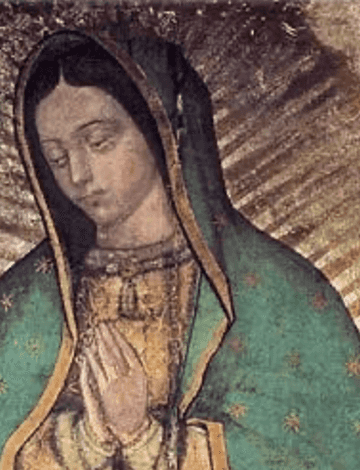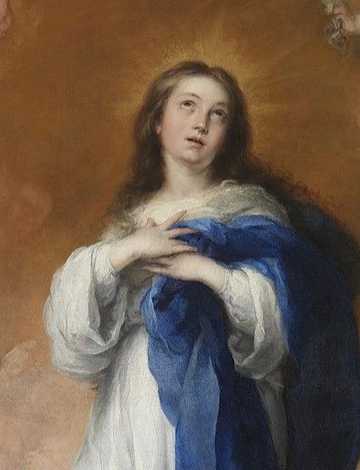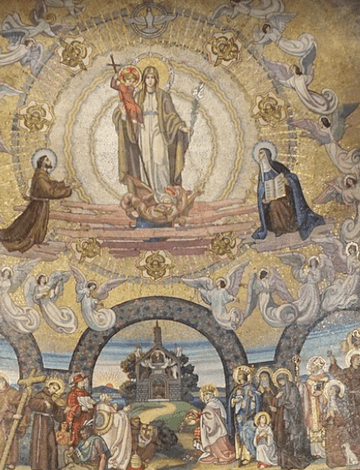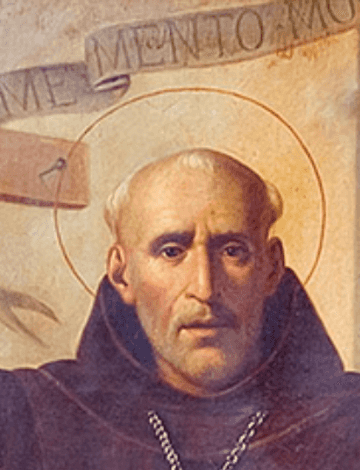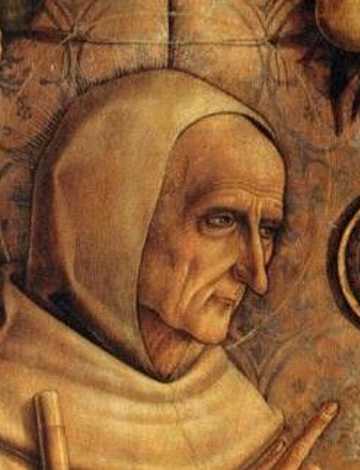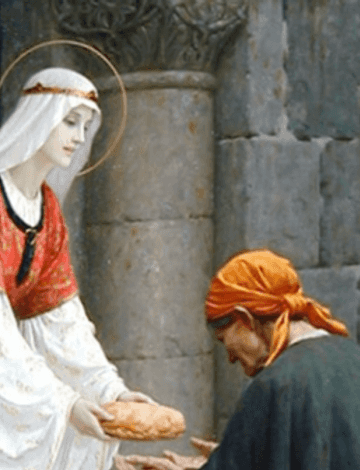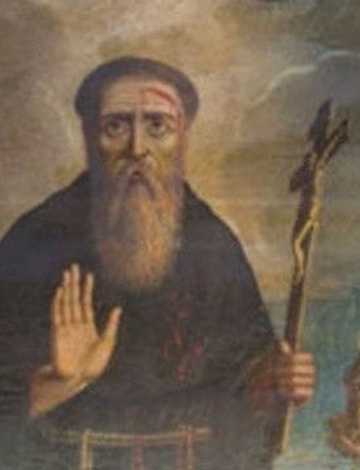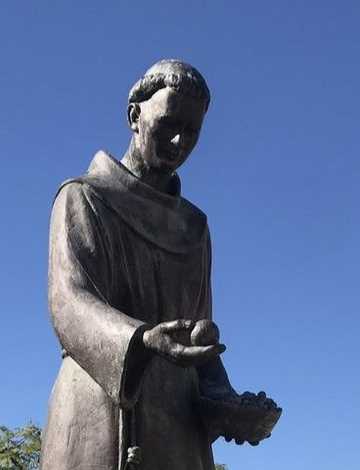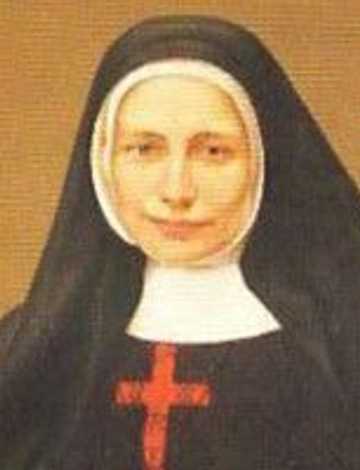
On December 15, Franciscans, especially Secular Franciscans and Third Order Regular congregations, honor the memory of Blessed Mary Frances Schervier (1819–1876).
On December 15, Franciscans, especially Secular Franciscans and Third Order Regular congregations, honor the memory of Blessed Mary Frances Schervier (1819–1876).
On December 12, Catholics in the Americas celebrate the Feast of Our Lady of Guadalupe, which today is one of the most popular Christian shrines in the world. Franciscans were there at the beginning of this story.
On December 8, the Church celebrates the Solemnity of the Immaculate Conception of the Blessed Virgin Mary, especially significant for Franciscans, as under this title we honor Mary as Patron and Queen of the Seraphic Order.
On November 29, the Franciscan family celebrates the Feast of All Saints of the Seraphic Order – remembering the countless Franciscan men and women who have lived out the Gospel of Jesus Christ by following the patterns of life left by Francis and Clare of Assisi.
On November 26, Franciscans around the world honor the memory of Saint Leonard of Port Maurice (1676–1751), famous preacher of parish missions.
On November 28, the Franciscan family honors the memory of St. James of the Marches (c.1393-1476), a friar noted as a powerful preacher.
On November 17, we celebrate the memory of Saint Elizabeth of Hungary or Thuringia (1207–1231), a Franciscan laywoman who is venerated today as patroness of Secular Franciscans and of the many congregations of women and men following the Franciscan Third Order Regular Rule.
On November 14, Franciscans honor the memory of Saints Nicholas Tavelic and his three companions, friars who were martyred in Jerusalem on this date in 1391.
On November 13, Franciscans in most countries celebrate the memory of St. Didacus (Diego) of Alcalá (c.1400-1463), known for his life of humble service and as the Patron of San Diego, California. (In the United States, his memorial is observed on November 7 since the 13th is the feast of St. Frances X. Cabrini.)
